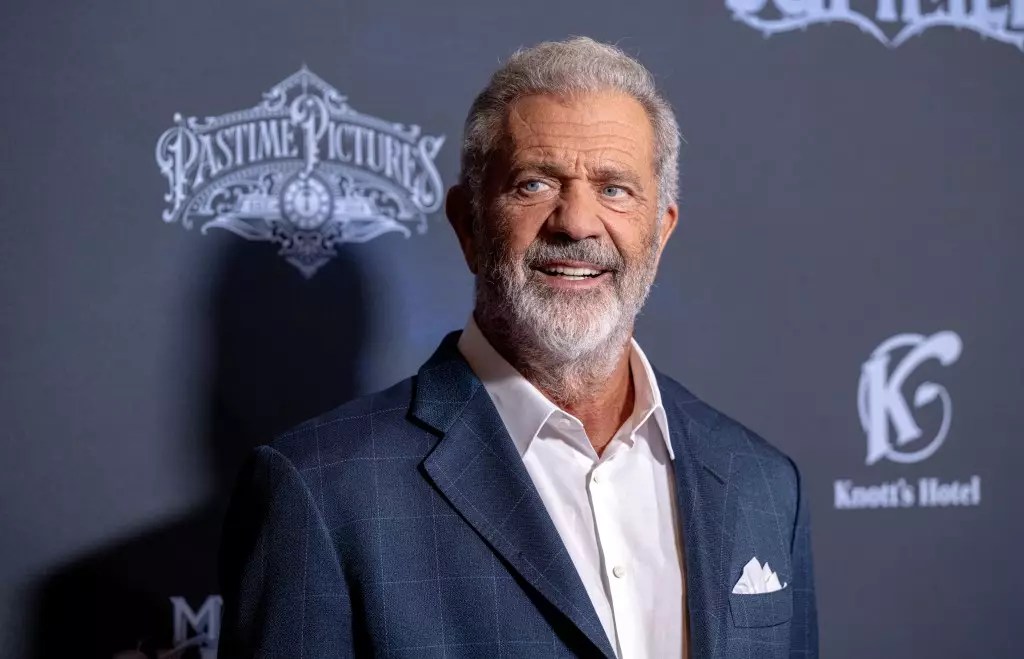In a recent episode of the Joe Rogan Experience, Mel Gibson revealed his aspirations to develop a sequel to his groundbreaking film, The Passion Of The Christ. This anticipated project, tentatively titled The Resurrection Of The Christ, promises to take viewers on a challenging and evocative journey that extends beyond the crucifixion. Gibson’s ambition shines through in his discussions, painting the sequel as a complex tapestry woven over seven years with his brother and the talented Randall Wallace, known for his work on Braveheart.
What sets Gibson’s approach apart is his commitment to exploring themes that are often left untouched in traditional biblical narratives. He elaborated on the need to start from the ‘fall of the angels,’ suggesting that the film would venture into darker realms, including hell and Sheol. This decision indicates a desire to elevate the conversation around Christianity and its foundational myths, challenging the audience to confront uncomfortable truths while also widening the expansive universe of faith-based storytelling.
Gibson described the script as an “acid trip,” hinting at the psychedelic and surreal elements he aims to incorporate. This phrase reflects not only the film’s ambitious scope but perhaps also Gibson’s vision to translate the transcendent aspects of the resurrection into a cinematic experience that resonates on various levels. The ambitious narrative arc stretches from the fall of the angels to the death of the last apostle, implying a comprehensive look at the implications of resurrection beyond Jesus himself.
Of course, transitioning from concept to screen is fraught with challenges, and Gibson openly acknowledges this. More than two decades have passed since The Passion Of The Christ’s initial release, and he recognizes the need for technological advancements, such as CGI de-aging, to ensure Jim Caviezel accurately embodies Jesus once again. This technical hurdle underscores the broader issue of balancing nostalgia with innovation, particularly when revisiting a cultural phenomenon that had a significant impact when it first premiered.
Gibson’s candidness about the project’s complexity is refreshing. He expressed uncertainty about whether he can successfully pull off this monumental task, emphasizing that the journey will require meticulous planning and keen execution. “It’s not going to be easy,” he admitted, revealing a weight of responsibility inherent in portraying such a foundational story with authenticity and emotional depth.
What Gibson seems to grasp intuitively is the fine line between spectacle and sincerity. He argues that the narrative must be compelling and emotionally resonant, steering clear of being “cheesy or too obvious.” This sensitivity to storytelling suggests that viewers can anticipate a film that not only tells a tale but deeply engages with its audience on a spiritual level. For Gibson, the successful execution of this story hinges on how well the film can evoke genuine emotions and provoke thoughtful reflection.
As fans of his work eagerly await further developments, Gibson’s vision for The Resurrection Of The Christ challenges the norms of faith-based filmmaking. His ambitions represent a daring journey into the heart of spiritual storytelling, one that reflects the evolution of his understanding and approach as a filmmaker. The road ahead may be daunting, but for Gibson, the potential rewards in narrative truth and audience impact could be monumental.


Leave a Reply